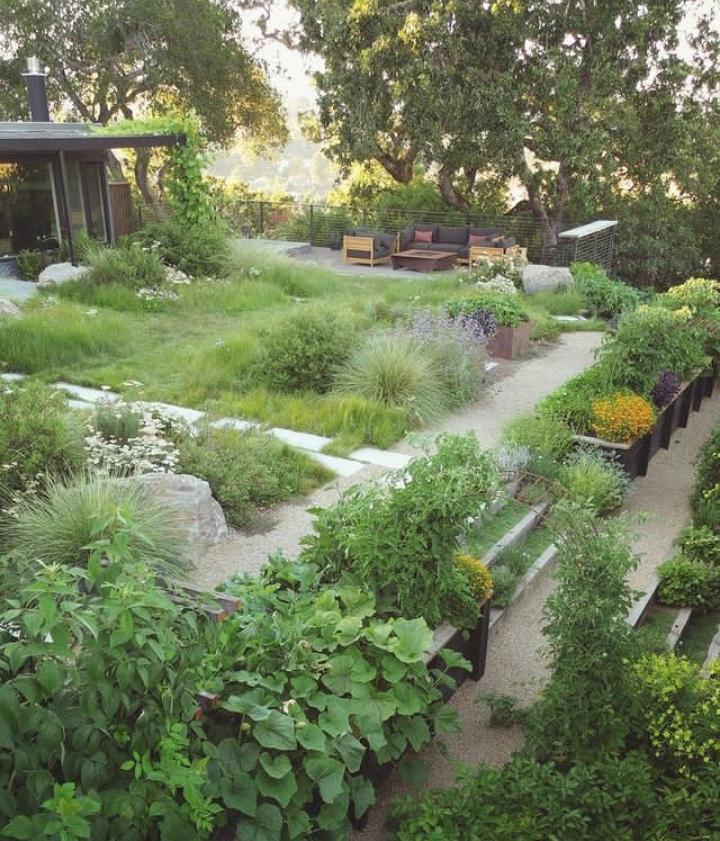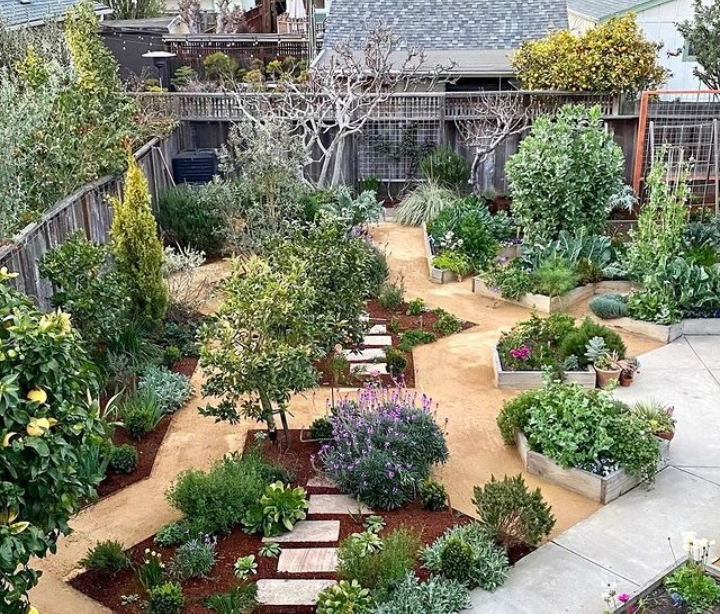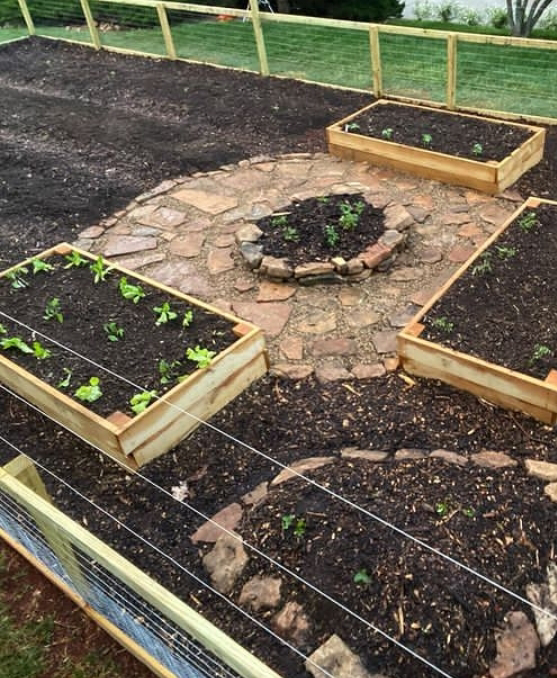. Here's a step-by-step guide to help you get started:
1. **Assessment and Planning:**
- Evaluate the structural integrity of your rooftop to ensure it can support the weight of a garden.
- Decide on the type of garden you want: vegetable, herb, ornamental, or a mix.
- Consider the amount of sunlight, wind exposure, and climate conditions your rooftop receives.
2. **Permissions and Regulations:**
- Check with your local authorities or building management for any regulations or permits required for rooftop gardens.
3. **Materials and Supplies:**
- Gather necessary supplies such as containers, soil, plants, seeds, compost, and tools.
- Choose lightweight, well-draining planting containers to prevent excess weight on the rooftop.
4. **Soil Preparation:**
- Prepare a high-quality, lightweight potting mix or substrate suitable for your chosen plants.
- Ensure proper drainage by adding gravel or perlite to the bottom of containers.
5. **Plant Selection:**
- Choose plants that are well-suited for your rooftop's conditions, such as drought-tolerant varieties for hot and sunny areas.
- Consider vertical gardening options like trellises, hanging baskets, and wall-mounted planters to maximize space.
6. **Planting and Arrangement:**
- Follow planting guidelines for each type of plant.
- Arrange plants strategically to make the most of available sunlight and space.
7. **Watering and Irrigation:**
- Install a proper irrigation system to ensure consistent watering.
- Use a drip irrigation system or self-watering containers to minimize water wastage.
8. **Maintenance:**
- Regularly water, fertilize, and prune your plants as needed.
- Monitor for pests and diseases and take appropriate action.
9. **Composting:**
- Set up a small composting system to recycle kitchen waste into nutrient-rich compost for your garden.
10. **Harvesting:**
- Harvest crops when they're ready to ensure the best flavor and quality.
- Practice proper harvesting techniques to encourage continuous growth.
11. **Community Involvement:**
- Engage with neighbors and the community by sharing your gardening knowledge and produce.
- Consider organizing workshops or garden tours to inspire others.
12. **Seasonal Changes:**
- Adjust your garden's layout and plant selection based on seasonal changes and weather conditions.
Remember, patience and experimentation are key to successful rooftop gardening. Regular care and attention will help your garden thrive and contribute positively to your urban environment.






























